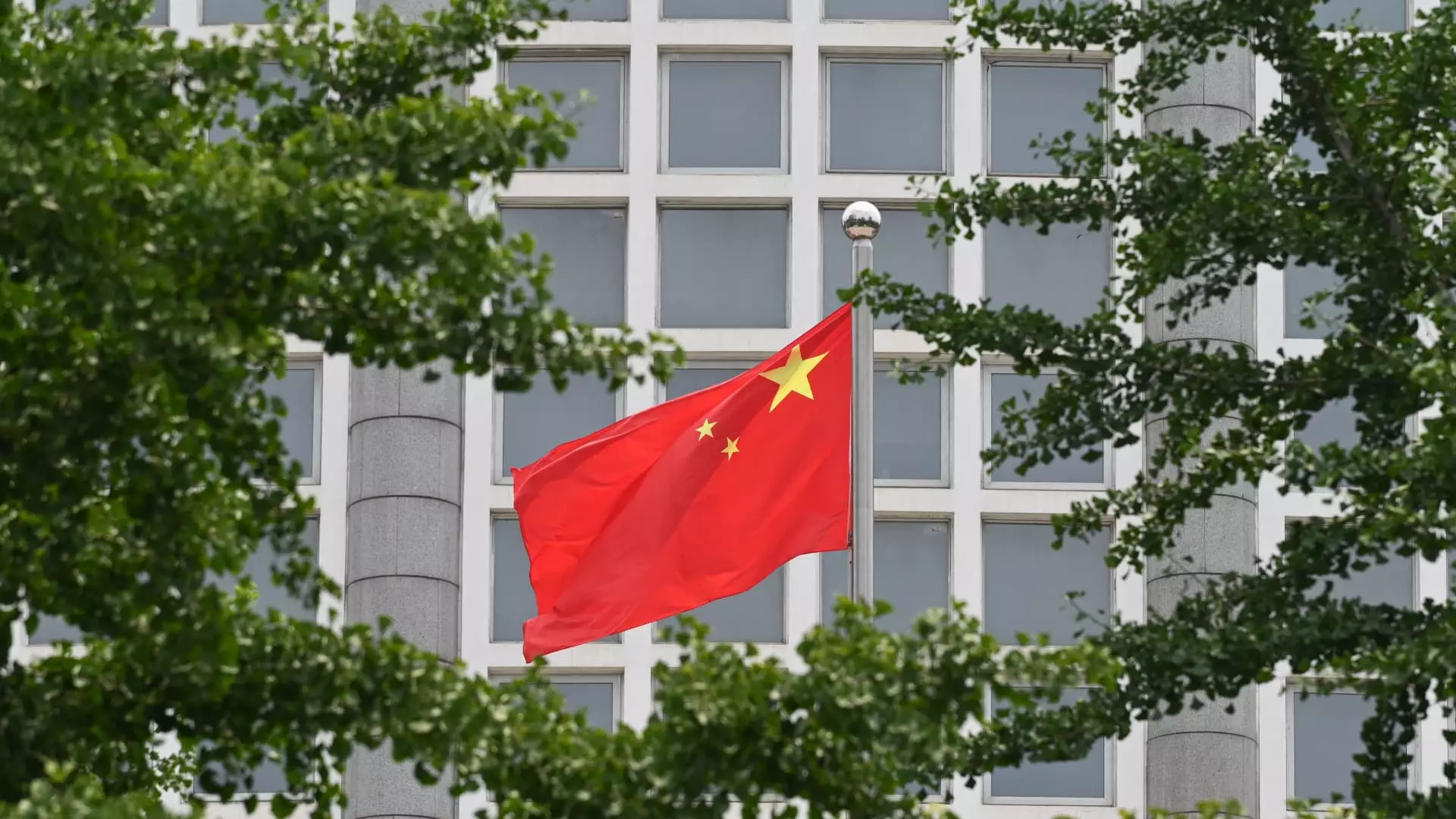In a recent press conference, Zheng Shanjie, the chairman of China’s National Development and Reform Commission (NDRC), addressed the ongoing pressures facing the country’s economy. His statements provide a glimpse into the challenges and potential strategies China may undertake to navigate the complex economic landscape. While his promises to expedite bond issuances and enhance fiscal plans reflect a reactive approach to economic instability, the lack of bold new stimulus measures has left investors apprehensive, highlighting a struggle between immediate action and sustainable growth.
The initial market reactions to Zheng’s announcements were noteworthy, as expectations ran high for substantial economic stimulation following a week-long national holiday. The sharp rise in major Chinese stock indices upon reopening suggested anticipation of aggressive economic support. However, the absence of innovative or groundbreaking policy measures from the NDRC revealed a cautious stance, one that failed to meet the aspirations of investors looking for reassurance in a fluctuating economic environment. This reluctance to unveil drastic measures indicates a careful balancing act, as Chinese authorities contemplate the broader implications of their economic interventions.
Infrastructure Investment Initiatives
Zheng’s commitment to executing ultra-long special sovereign bonds worth 1 trillion yuan signifies a strategy focused on long-term infrastructural support. This approach aims to bolster regional growth by enabling local governments to undertake critical projects. Alongside this initiative, an upcoming release of 100 billion yuan in investment plans aims to stimulate domestic activities. However, while these measures may alleviate immediate concerns, there is an underlying question regarding their sustainability and the extent to which they can foster genuine economic recovery.
The Deteriorating Economic Climate
Despite July’s optimism surrounding China’s economic growth, recent metrics paint a more pessimistic picture, with a reported GDP growth of only 4.7% during the previous quarter – the slowest progress recorded this year. Such figures reflect a troubling trend as the world’s second-largest economy grapples with stagnant domestic demand and persistent property market declines. The paradox of achieving a yearly growth goal of “around 5%” within an unfavorable environment underscores the fragility of China’s economic recovery, demanding thoughtful responses from authorities.
Consumer Confidence and Market Sentiment
The latest consumer price index indicated a year-on-year rise of merely 0.6% in August, falling short of the anticipated 0.7% increase. Additionally, the core CPI’s subdued growth signals waning consumer confidence. This situation is further exacerbated by industrial data, with factory activity registering a contraction for the fifth consecutive month, as reflected in both the official and Caixin PMI figures. As purchasing power dwindles, the critical need to rejuvenate domestic consumption becomes apparent, necessitating measures that can inspire consumer confidence and restore robust market activity.
Looking ahead, Zheng emphasized the significance of coordinated macroeconomic policies, comprising fiscal, monetary, and regional strategies, as China seeks to overcome existing challenges. Acknowledging the numerous obstacles that stand in the way of achieving economic targets, he indicated a forward-thinking approach that intertwines various policy dimensions. However, the efficacy of these strategies remains to be seen, particularly in a landscape marked by uncertainty.
The statements made by Zheng Shanjie highlight a critical juncture for China as it navigates a tumultuous economic landscape. While immediate actions to stimulate investment and local growth are essential, a lack of bold, innovative measures may hinder long-term recovery. The challenge for Chinese policymakers lies not only in implementing policies that address short-term concerns but also in fostering a resilient and sustainable economic environment. As economic data continues to reveal weaknesses, the hope remains that China can harmonize its strategies to restore consumer confidence and achieve its growth ambitions amidst an uncertain backdrop.

